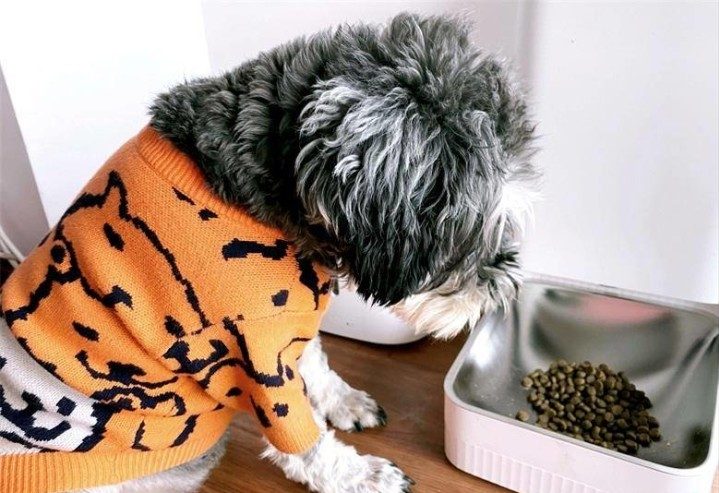In fact, when many people first raised a dog, the most common thing they were told should be which foods dogs can’t eat and which foods they can eat. Well, I will set things right away, and look at our common foods, which foods are forbidden for dogs, and which foods dogs can eat in small amounts. This may be the most complete food taboo for dogs.
Foods forbidden for dogs
The following foods are strictly forbidden to be eaten by dogs. Small amounts may cause serious consequences.
1. Chocolate, especially dark chocolate
Many people say that chocolate is dangerous and fearful. In fact, it is not chocolate that is dangerous, but the cocoa butter in the chocolate. You can see the ingredient list above. Why is dark chocolate dangerous? It is because of its high cocoa butter content. And cocoa butter can stimulate the nervous system, rapid heartbeat, vomiting, diarrhea, severe epilepsy, convulsions, and even death.

2. Onions
The thiosulfate contained in onions can damage red blood cells, rapidly oxidize red blood cells, produce hemolysis, and cause anemia, pale tongue, and general weakness.
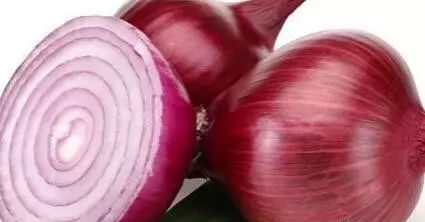
3. Alcohol
Alcohol affects the central nervous system of dogs and can cause vomiting and epilepsy.

4. Grapes and raisins
Eating grapes can cause acute kidney failure in dogs. But grape seeds are edible and are also a good thing, which is anti-oxidant, anti-aging, and improve immunity.

5. Xylitol
Dogs eating foods containing xylitol can cause low blood sugar, and this low blood sugar symptom can last for several hours, even 1-2 months. Dogs will experience symptoms such as diarrhea, weakness, lethargy, and fainting.

6. Pickled food
The food contains a variety of spices, remember not to feed the dog. The high salt content in it is nothing good for dogs.
7. Salt
It will cause the imbalance of the dog’s body fluid and electrolyte.
8. Spicy condiments such as black pepper
It will stimulate the stomach, cause diarrhea and vomiting.
9. Fruits with large pits
Such as whole peaches, plums, apricots, etc. Don’t give it to the dog as the pit will block the dog’s throat. If you want to feed it, remove the pit and feed it later.
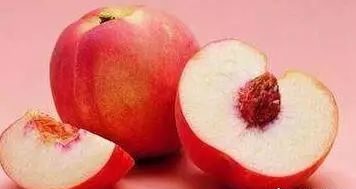
2. Controversial food
The following foods are controversial. Some disputes are about whether they can be fed, some disputes are about how much to feed, and some disputes are about how to feed.
1. Chicken liver
It is always said that dogs that eat chicken liver will cause vitamin A poisoning, how much of chicken liver will cause poisoning? The experimental data of the amount of vitamin A poisoning is that the intake of more than 57,000 IU of vitamin A per kilogram of dog’s body weight.

It is recommended that the proportion of total food intake should not exceed 5% per day.
2. Garlic
Garlic is a good thing. It has the functions of sterilizing, repelling insects, promoting intestinal peristalsis, reducing fatigue, and anti-oxidation. The two foreign books I read recently both mentioned garlic’s anthelmintic effect (endoparasites, fleas, etc.), as well as its ability to improve immunity. However, garlic should not be consumed in excess. Long-term excessive consumption will stimulate the stomach and cause hemolysis.
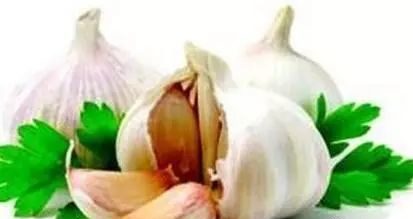
I suggest that if you feed garlic, 0.5 to 1.5 cloves a day is appropriate.
3. Papers
Paper is also a good thing, rich in vitamins A and C, antioxidant, sterilizing, and promoting metabolism. The main choice of paper is first of all. Try to choose the non-spicy chili, compare it with bell pepper, and also pay attention to the amount of food, just a small amount.
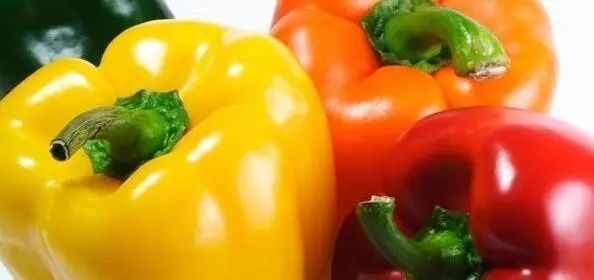
4. Dairy products
This is also controversial. Many dogs lack lactase after weaning, and then there is no way to deal with the lactose in milk. If fed too much, it will cause diarrhea. Another controversy is that dairy products are easy to cause allergies, after all, the protein in milk is not easy for dogs to digest.
Therefore, dairy products vary from dog to dog. If your dog is fed normally, you can continue to feed it. Both cheese and yogurt are fine. Remember to be low-fat weaning.

In addition, you should also pay attention to the amount of feeding. Don’t make it as a staple food. It is perfectly possible to feed it as a snack.
3 Doubt?
Actually, even if many foods are dangerous, they need to reach a certain amount to produce the symptoms that you can see. However, if there are no symptoms, it does not mean everything is all right. The dog’s tolerance is very high and they can’t speak, and the general discomfort is passed by themselves. You can’t notice it without careful observation.

In addition, there are individual differences. Some dogs may have trouble eating, and some dogs may be fine if they eat. Therefore, it cannot be generalized. So, don’t worry about others, all you have to do is to be responsible to yourself and to your own dog.



